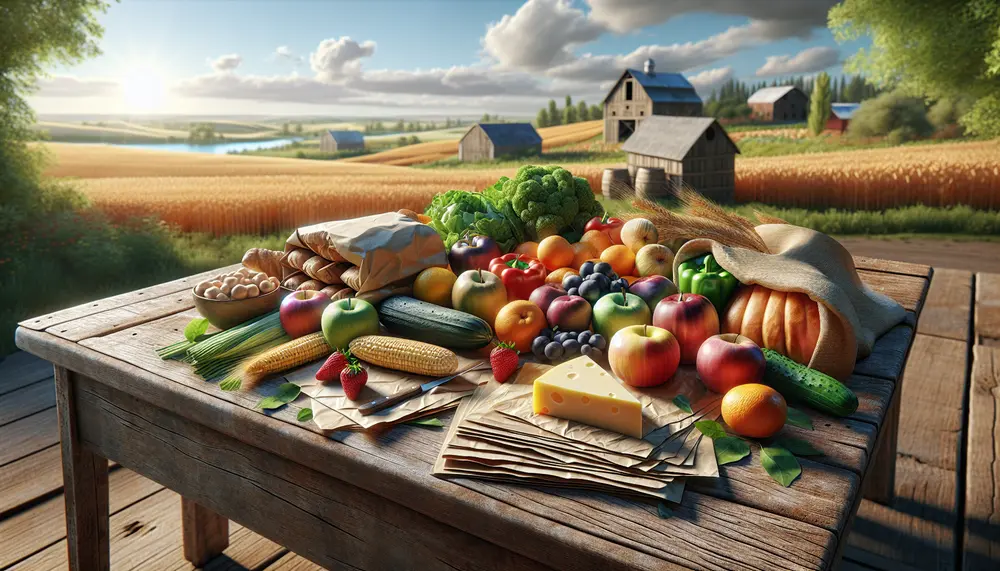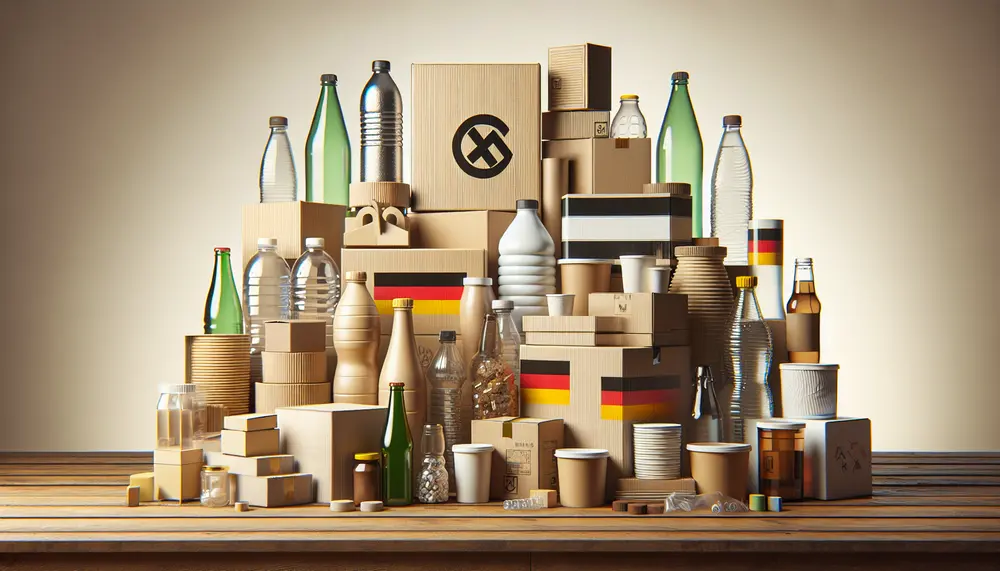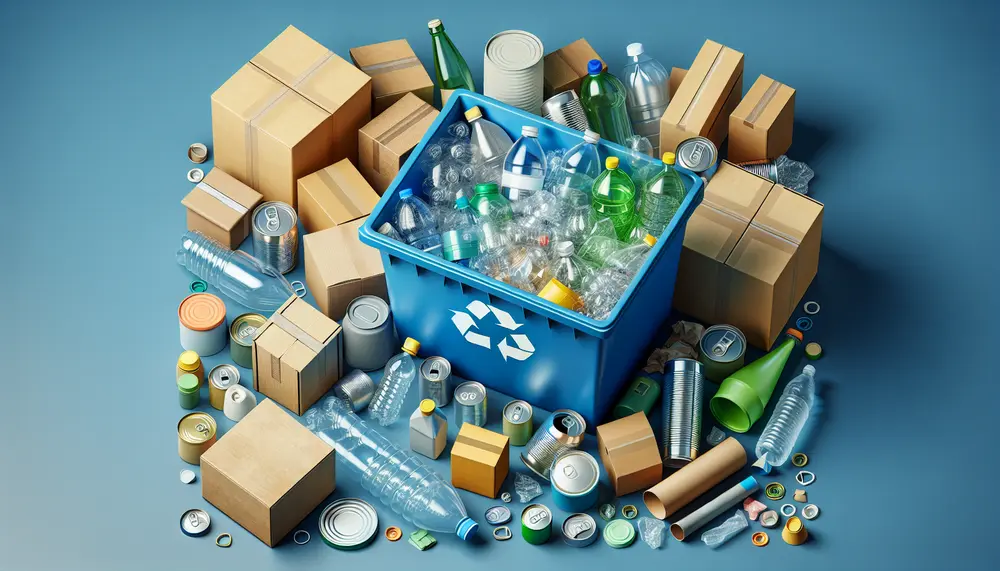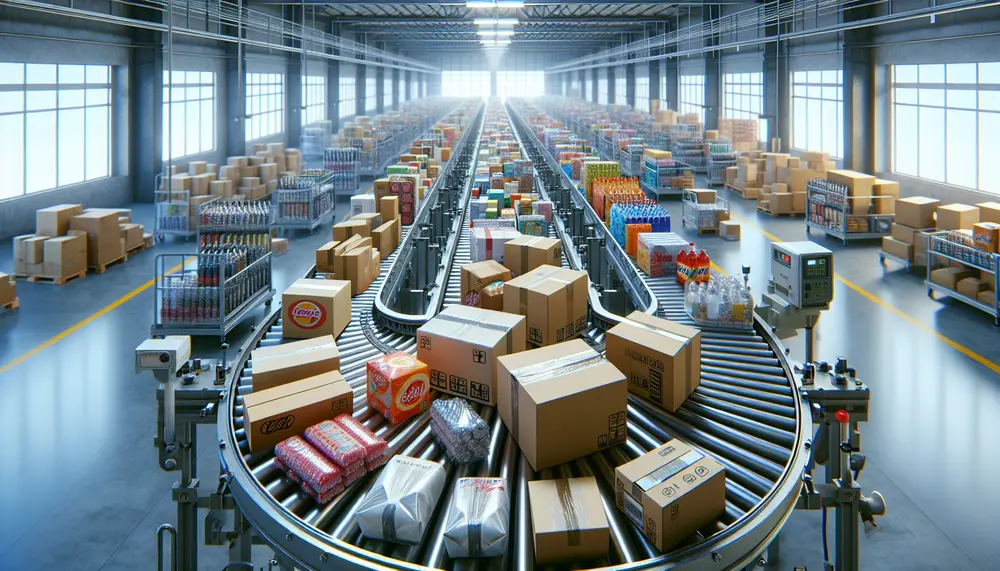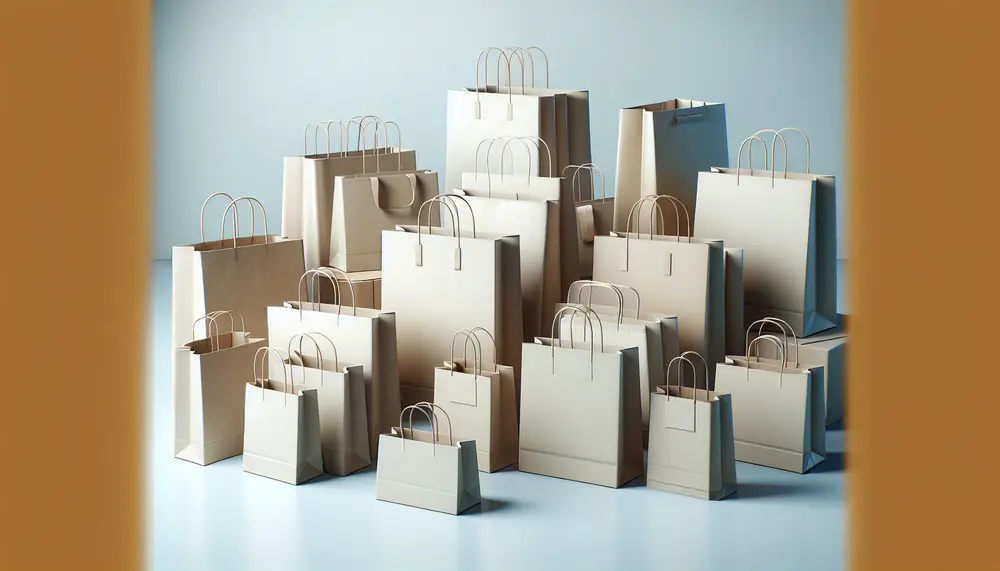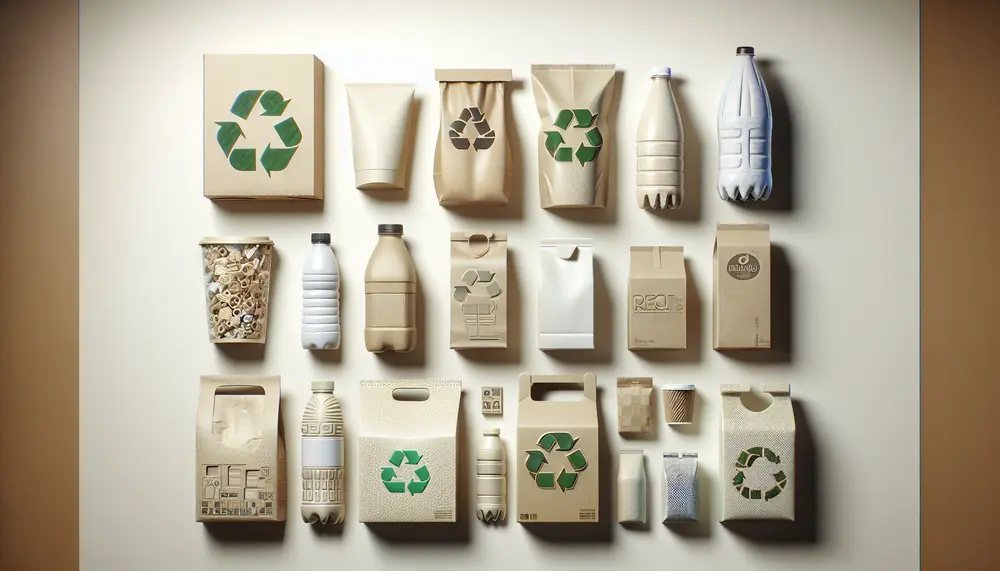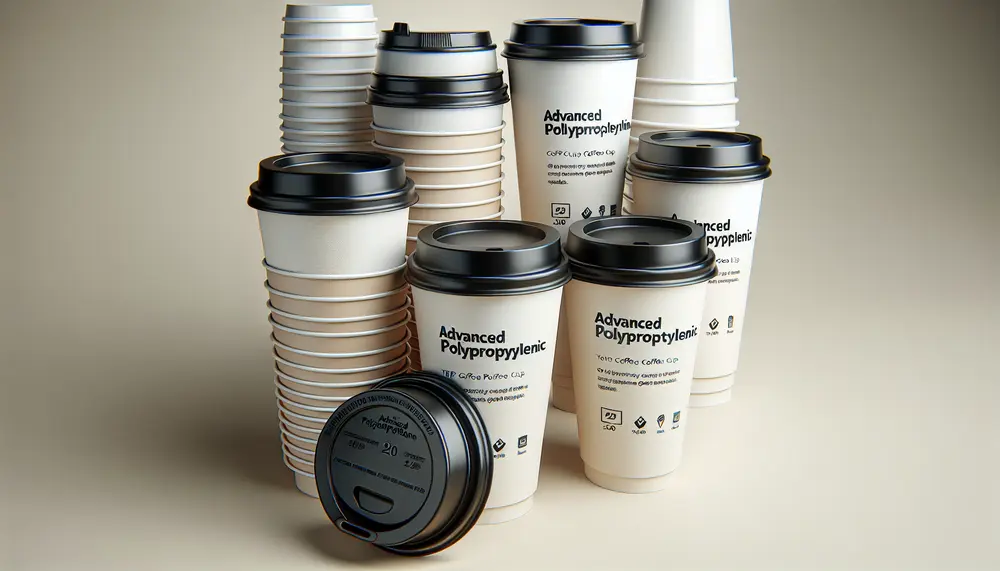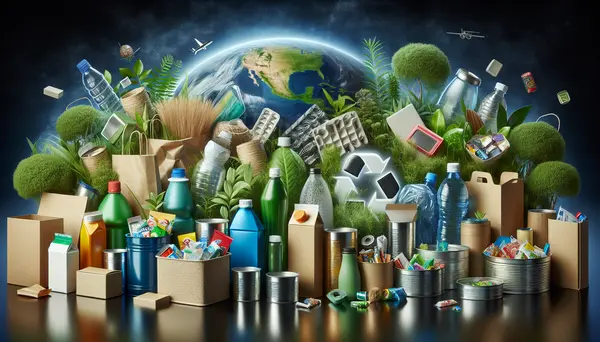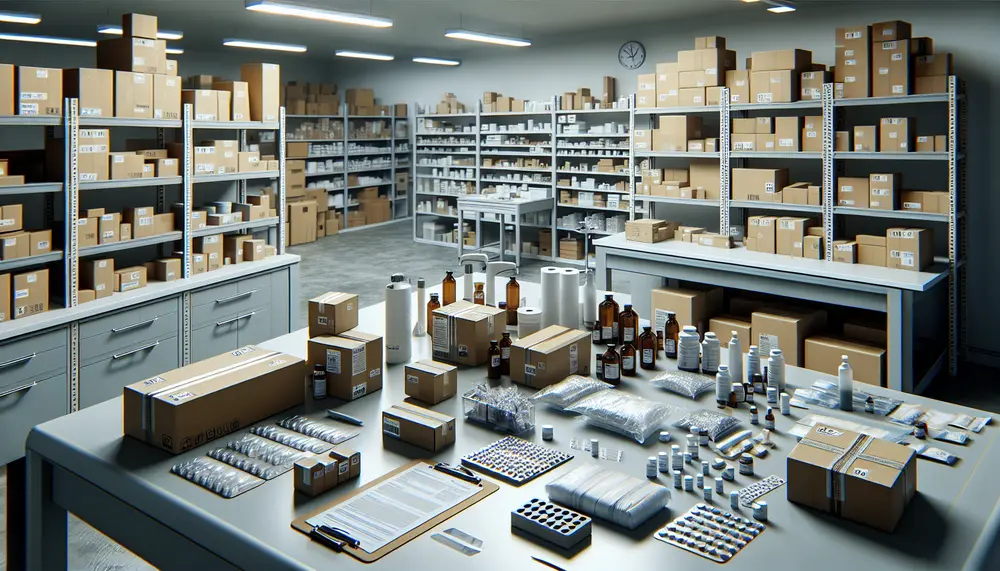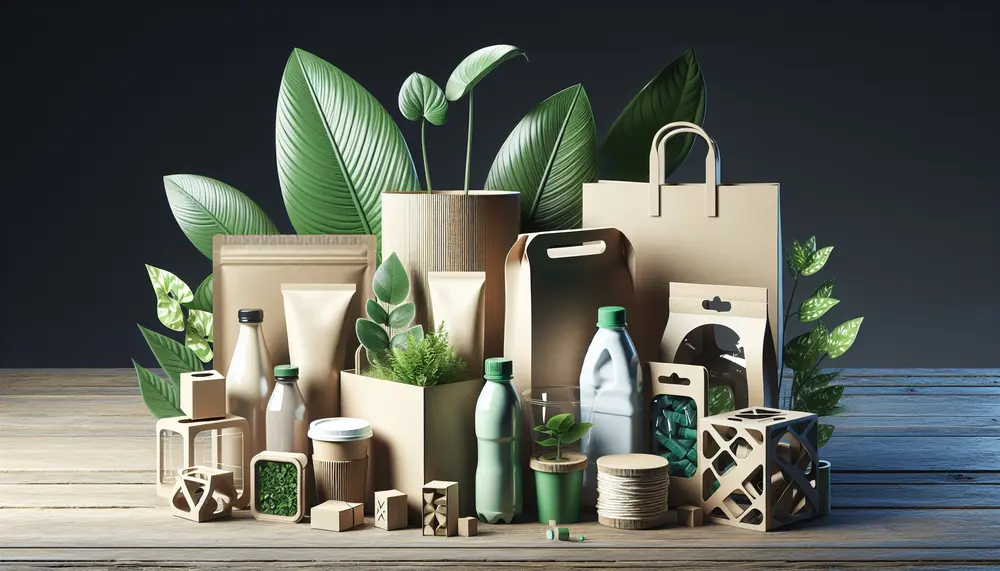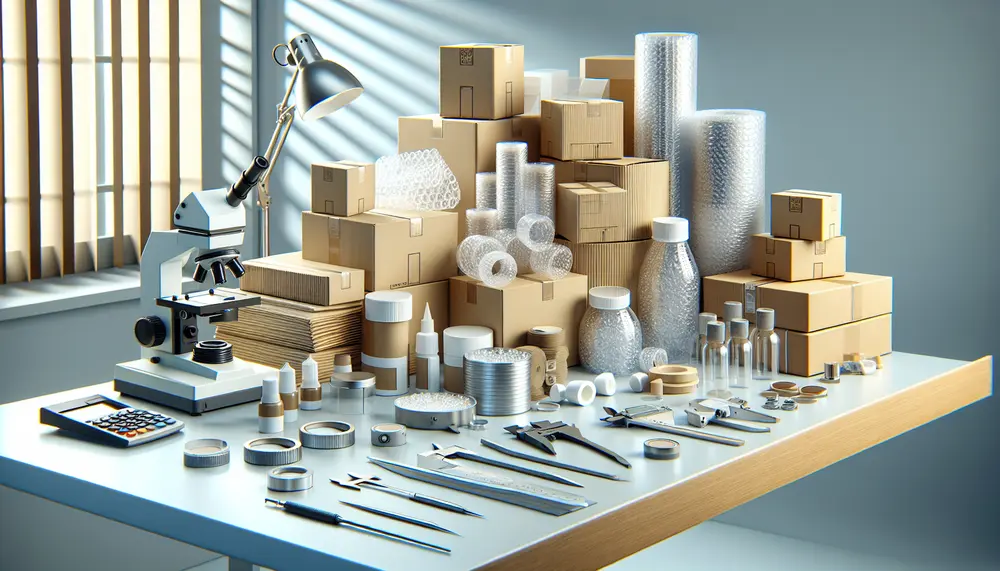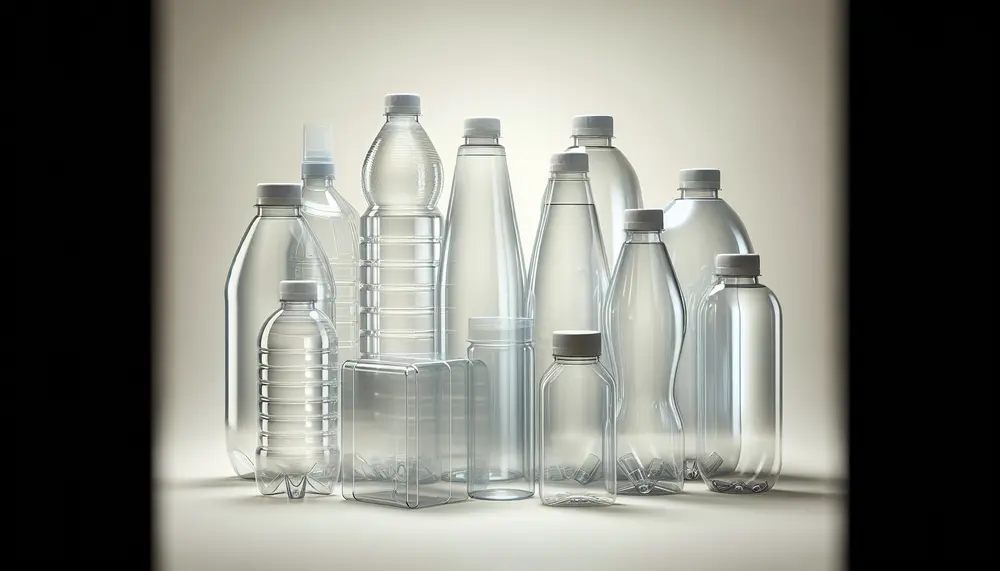Posts on the Topic Recycling
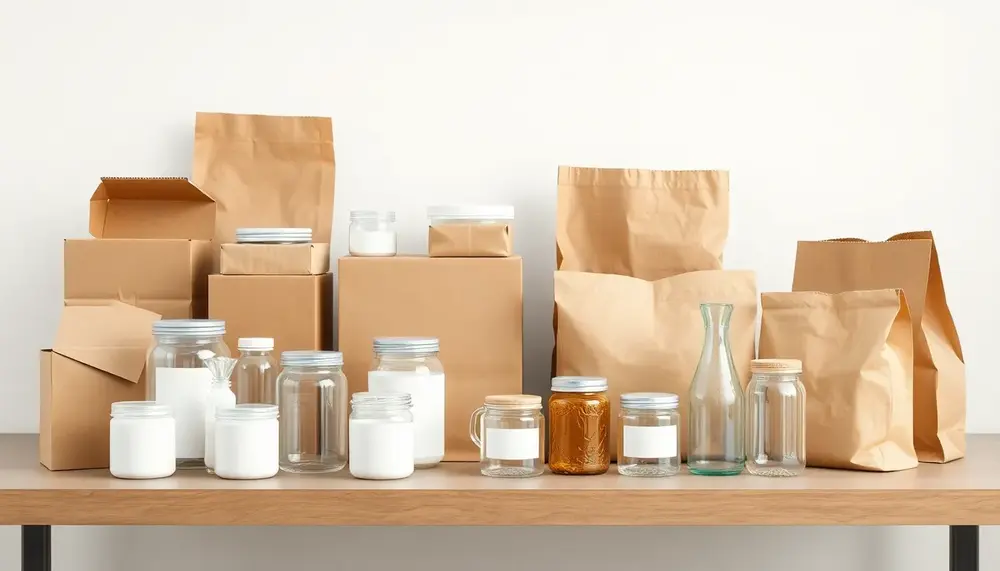
A well-structured Slideshare on packaging materials should use a clear narrative, visual comparisons, and actionable insights to guide viewers in choosing the right material. Each type—glass, metal, plastic, paper/board, composites, or biodegradable options—has unique strengths and weaknesses best matched to...
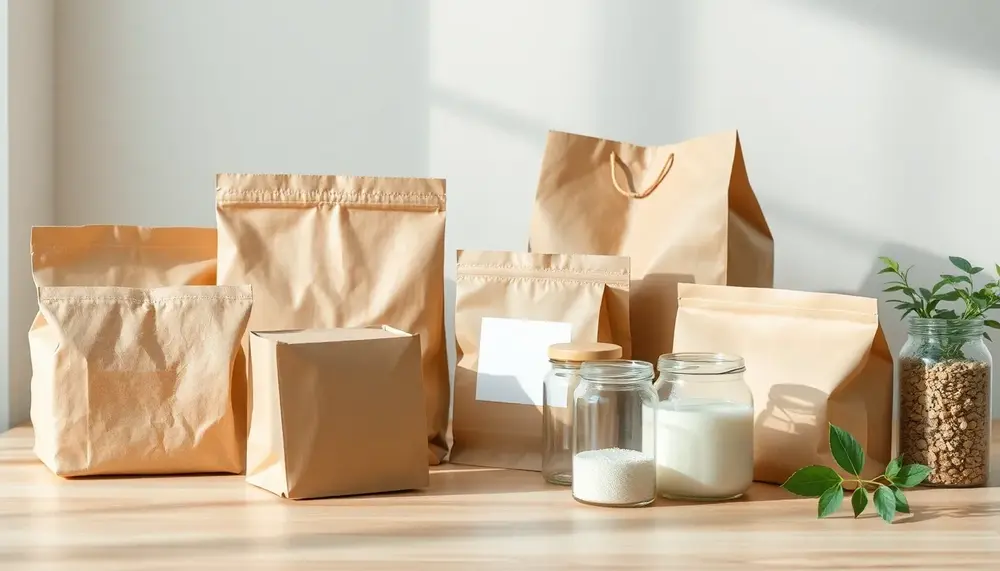
The sustainable packaging industry is rapidly transforming due to environmental concerns, regulatory pressures, and consumer demand, emphasizing recyclability, biodegradability, and reusability. Innovations in materials like bioplastics, fiber-based solutions, edible packaging, and advanced manufacturing processes are reshaping industries such as food...
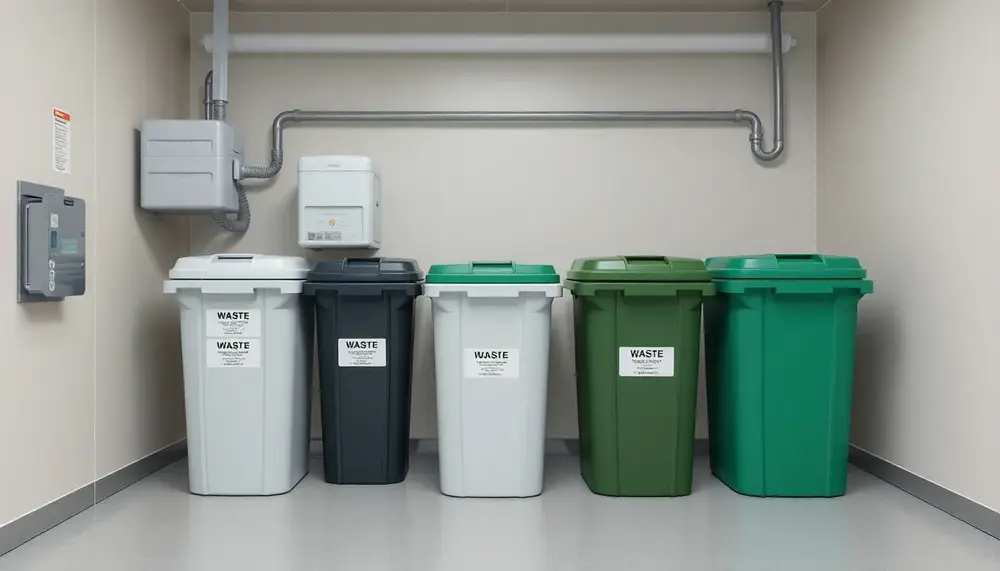
Pharmaceutical waste includes unused, expired medications that require proper disposal to prevent environmental contamination and health risks; safe disposal involves removing personal information, mixing with unpleasant substances, sealing in a durable container, and disposing of it responsibly....
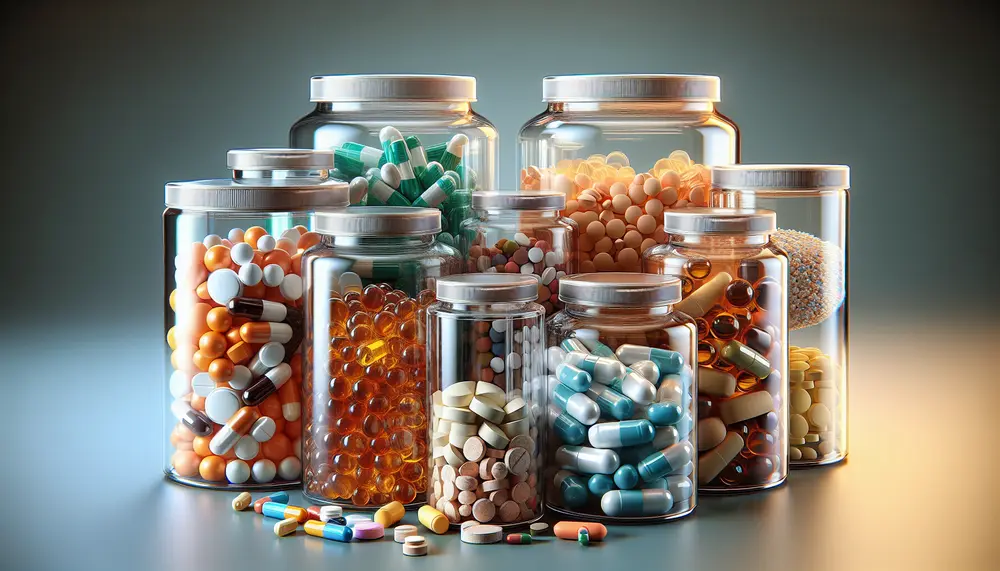
Glass is the preferred material for pharmaceutical packaging due to its chemical inertness, excellent barrier properties against gases and moisture, non-porous surface, recyclability, aesthetic appeal, temperature resistance, and light protection capabilities. These attributes ensure that medications remain pure, stable, effective...
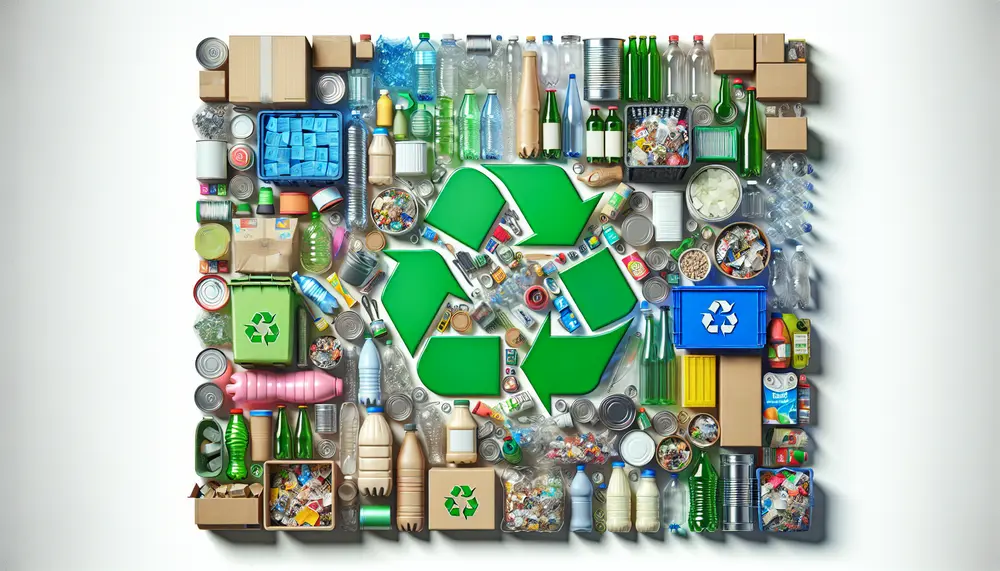
The 2023 packaging and waste regulation emphasizes sustainability, with new directives pushing for circular economy models and improved design for recyclability. Businesses must adapt to these changes, which include Extended Producer Responsibility (EPR), incentivizing eco-friendly packaging innovation. EU packaging waste regulations...
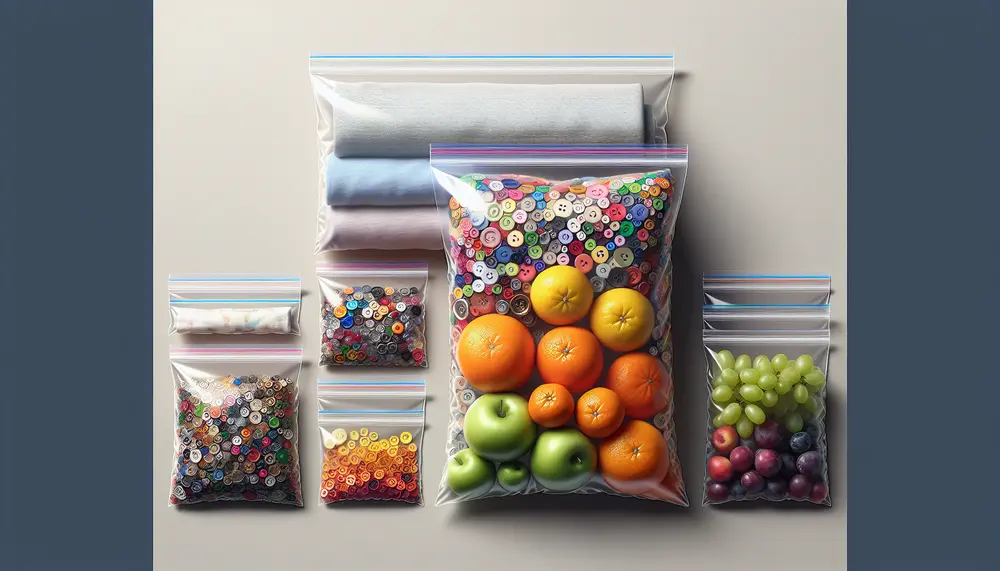
Ziplock packaging bags offer a versatile and sustainable solution for storage, organization, and transportation needs across various industries. They are reusable, come in different sizes with additional features, and advancements include recycled material options to reduce environmental impact. Recycled ziplock packaging...
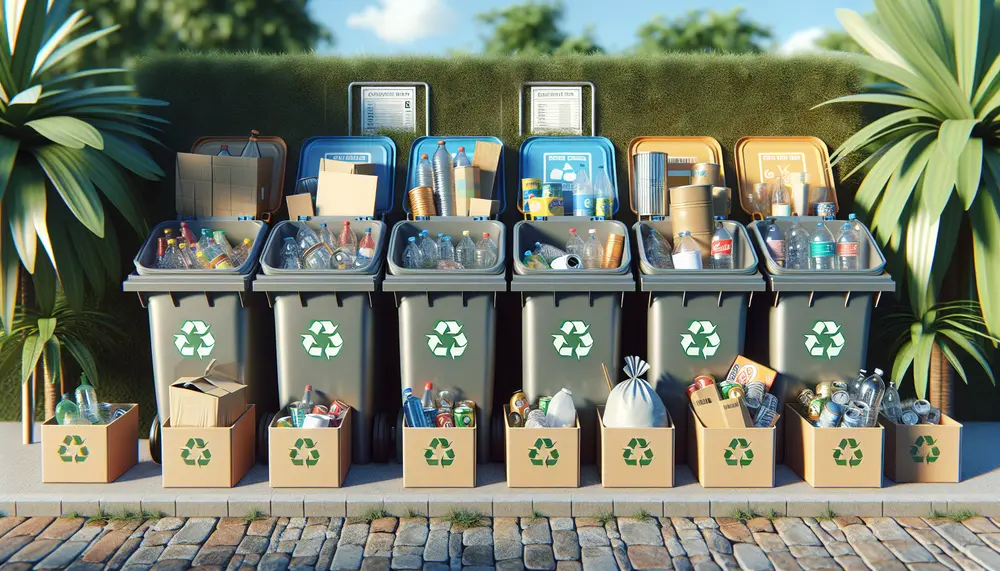
The Packaging Waste Directive (Directive 94/62/EC) is a key EU legislation aimed at reducing packaging waste by setting recovery and recycling targets, promoting sustainable design, and minimizing landfill disposal. Compliance with the directive benefits businesses through enhanced reputation, cost savings,...
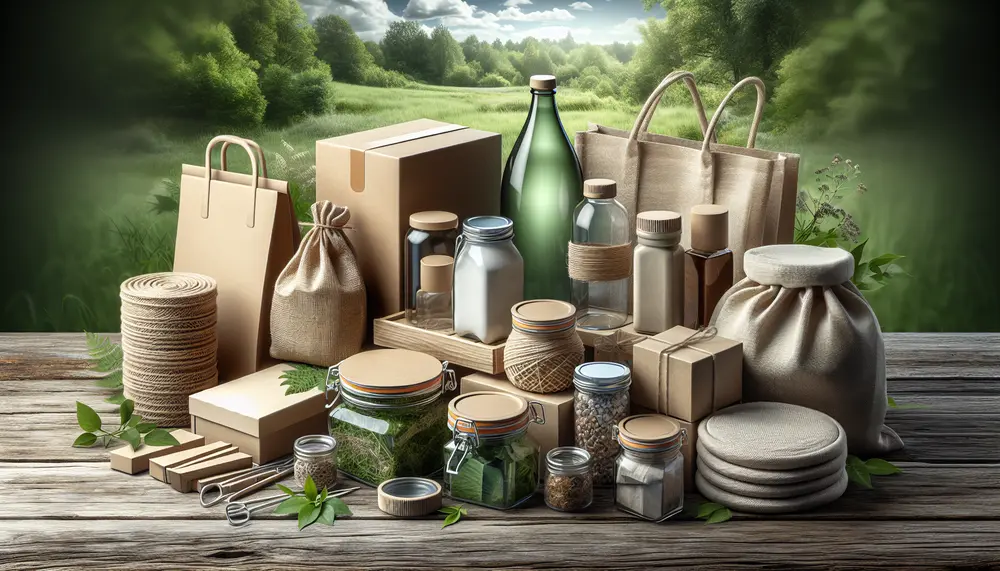
Europe leads in sustainable packaging, integrating eco-friendly materials and methods to reduce environmental impact. This shift is driven by consumer awareness, strict regulations, and a collaborative effort among stakeholders to set global examples for balancing ecology with business growth. The rise...
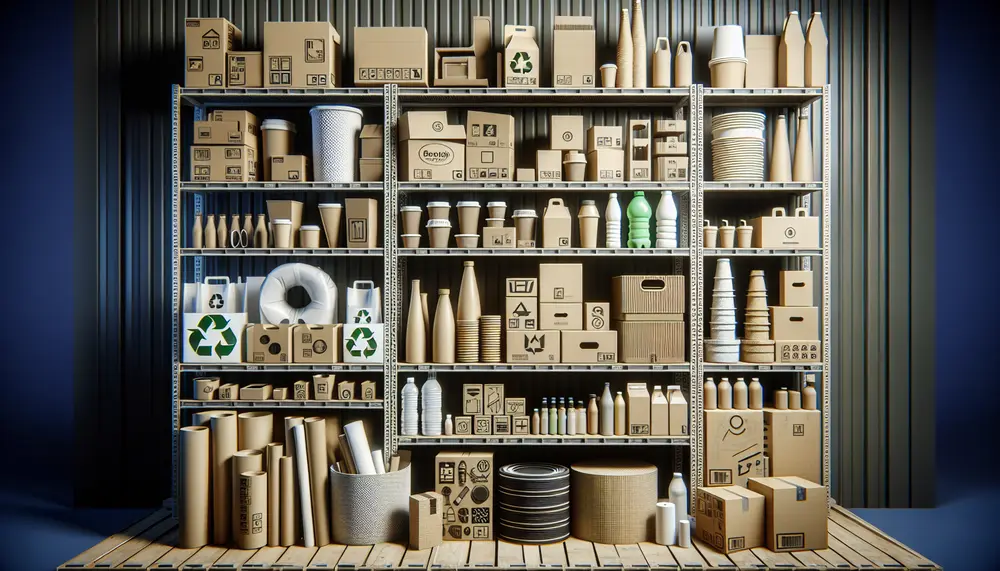
The UAE packaging industry is rapidly evolving, driven by economic growth and sustainability trends, with companies investing in R&D to meet the increasing demand for innovative and eco-friendly solutions. Digital transformation enhances supply chain efficiency through smart technologies as businesses...
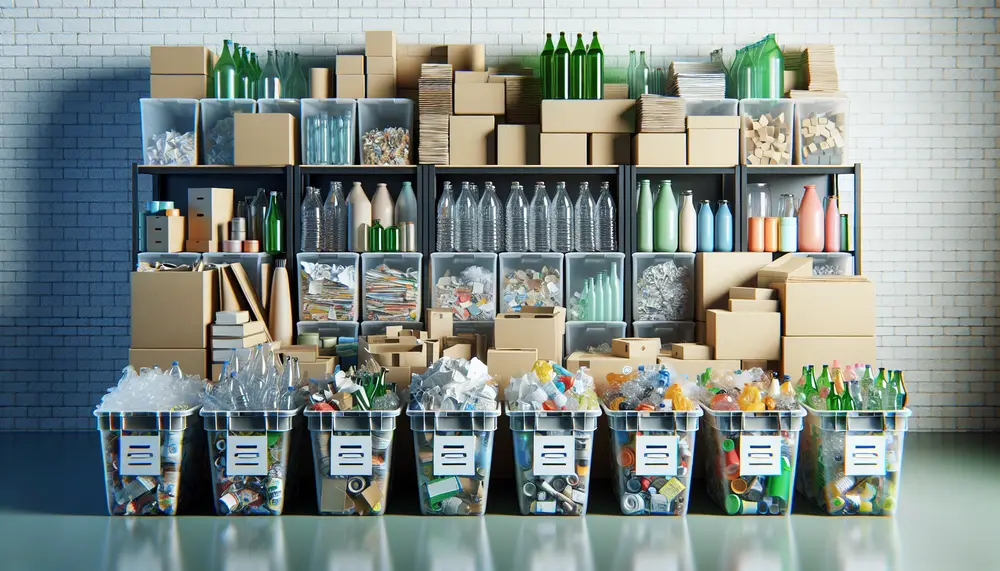
Packaging recycling is essential for environmental sustainability, conserving resources and reducing landfill waste. It faces challenges like cost and contamination but offers benefits such as reduced emissions and job creation. The impact of packaging waste includes ocean pollution, greenhouse gas emissions...
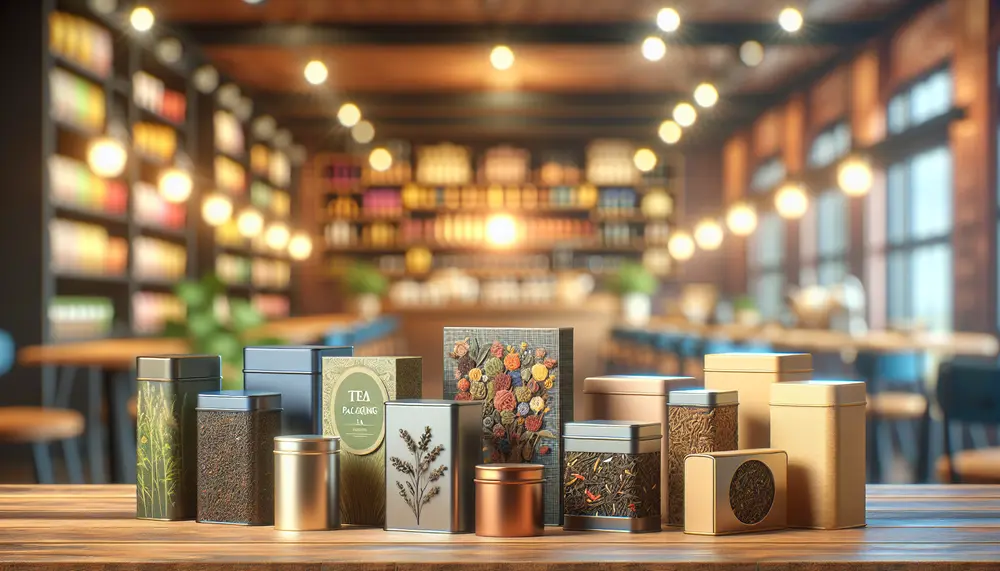
Tea packaging design is crucial for brand representation, customer engagement, and purchase decisions; it must also withstand shipping and reflect environmental responsibility through sustainable materials. Visual appeal in tea packaging influences consumer choice using color psychology, imagery, typography, tactile finishes,...
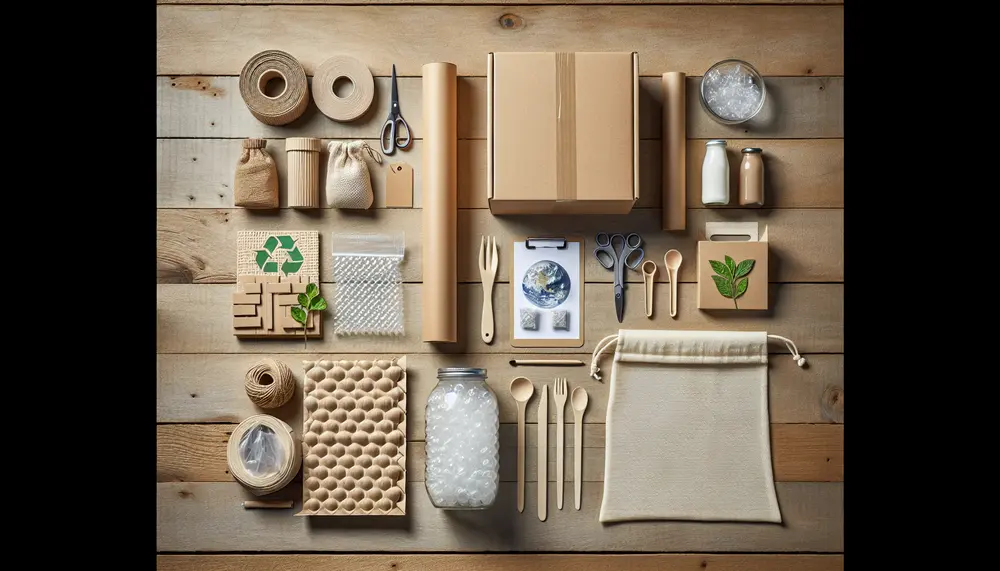
Packaging responsibilities in the supply chain involve selecting appropriate materials and designs for product protection, branding, compliance with legal standards, and reverse logistics. Sustainable packaging practices are crucial for environmental responsibility and can offer cost savings and competitive advantages. Efficiency in...
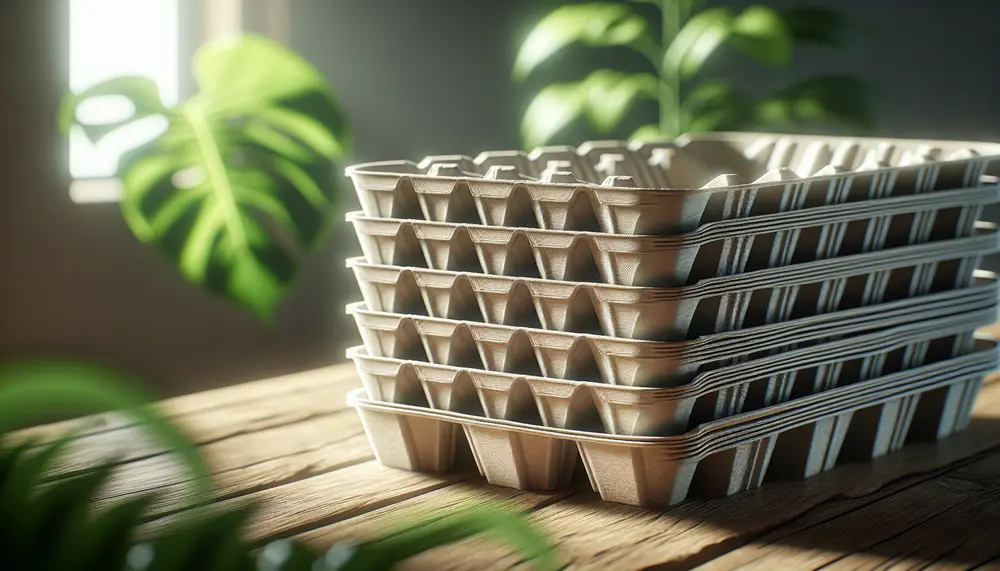
Paper trays are an eco-friendly alternative to traditional serving materials, being biodegradable and often produced from sustainably managed forests, which reduces waste in landfills and has a lower carbon footprint. They support circular economy principles by encouraging recycling and responsible...

EU regulations significantly influence the packaging industry, ensuring high standards and environmental protection by mandating sustainable materials, recycling capabilities, and labeling. These rules foster a circular economy and innovation but require businesses to adapt their strategies for compliance. The EU's regulatory...
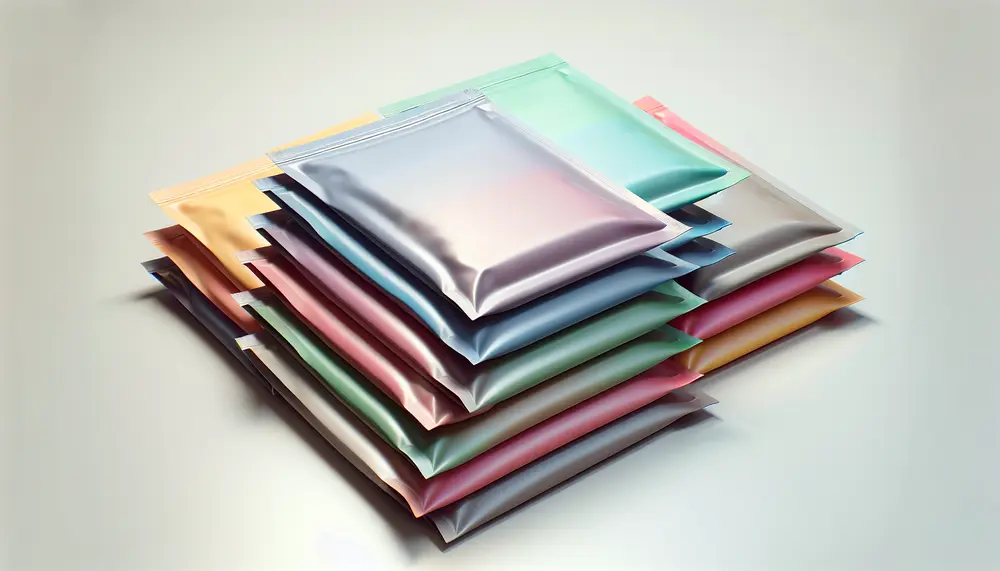
Flat bags are essential, cost-effective packaging with a space-saving design used across industries and can be made from sustainable materials. They offer customization for branding, durability against environmental factors, and versatility in applications ranging from fashion to food industry while...
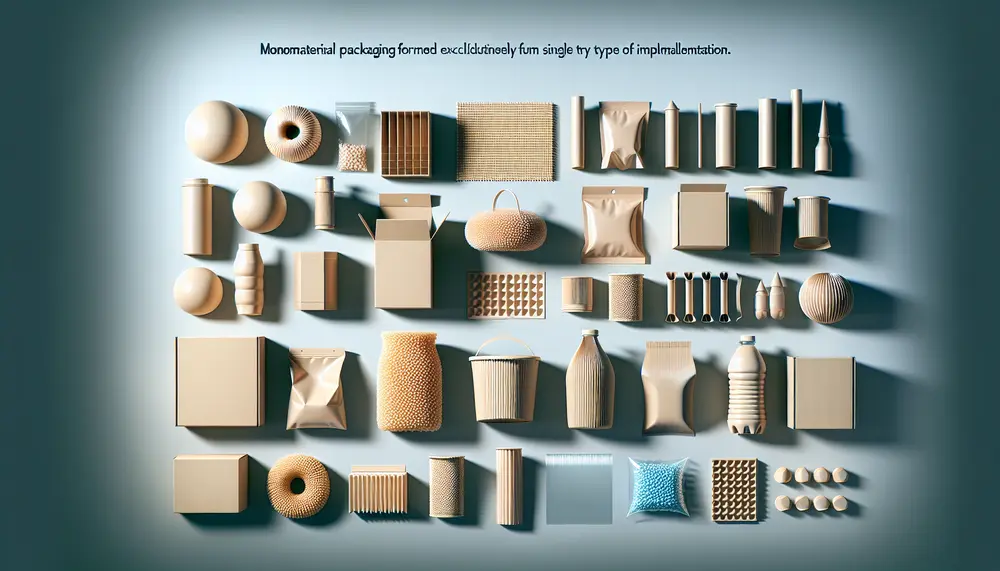
Monomaterial packaging, made from a single material for improved recyclability and production efficiency, faces challenges in maintaining product protection while research continues to develop suitable materials. The shift towards monomaterials aids the environment by reducing carbon footprints and waste, streamlining...

Composite materials are transforming the packaging industry by providing improved performance and durability, with their unique composition allowing for tailored properties to meet specific needs. Innovations in technology like smart composites, nanocomposites, and 3D printing are further advancing these materials'...
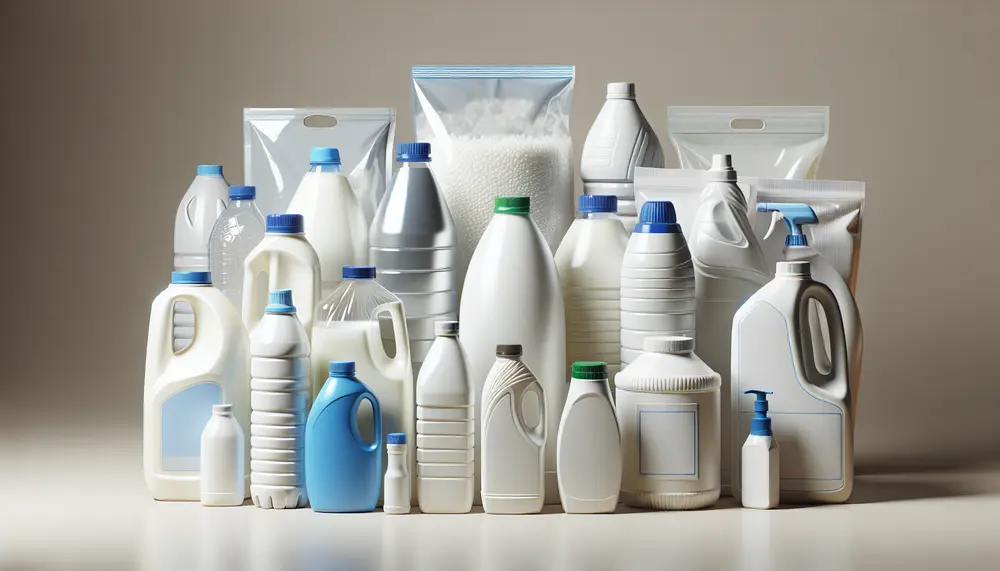
High-Density Polyethylene (HDPE) is a durable, versatile thermoplastic with a high strength-to-density ratio used in packaging, construction, and various other applications due to its resistance to impact and chemicals. HDPE's production involves polymerization of ethylene gas using different methods that...

Service packaging is crucial for protecting goods, enhancing customer convenience, and branding; it's also an opportunity for environmental responsibility. Different materials like plastic, paper, aluminum, glass, bioplastics, and foam are used based on functionality and sustainability considerations....
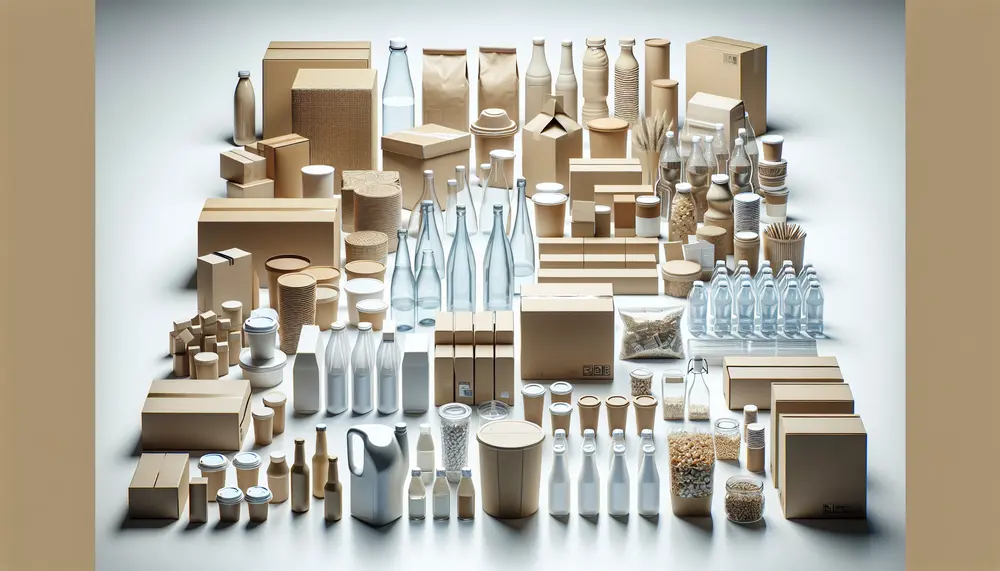
The European Union's packaging framework emphasizes environmental responsibility and sets quality and safety benchmarks for market-circulating packaging, requiring a life cycle approach from manufacturing to disposal/recycling. Businesses must understand these evolving standards to ensure compliance with the EU Packaging and...
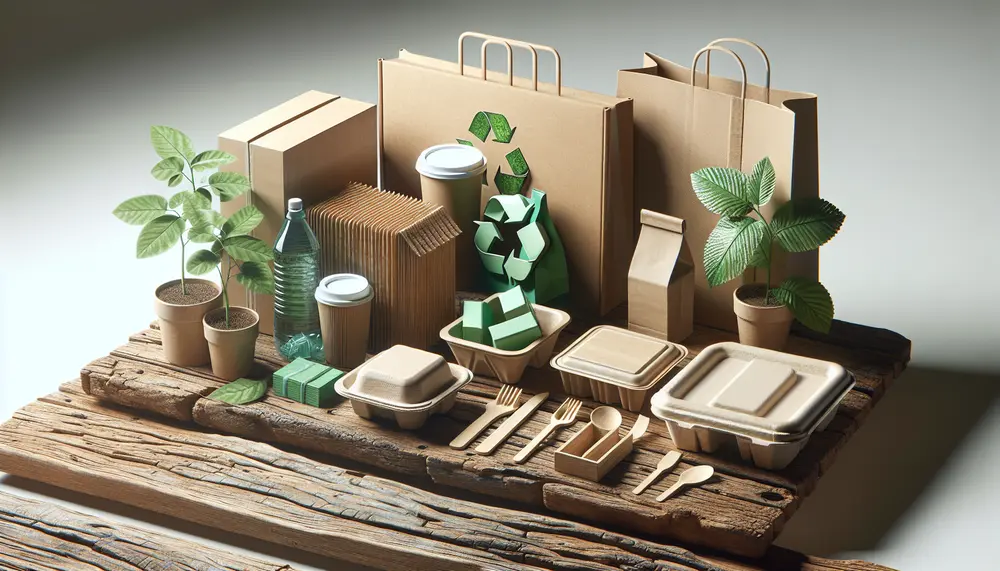
Recycled packaging is crucial for environmental conservation, reducing the need for new resources and minimizing carbon footprint through reusing materials like cardboard, paper, plastics, metals, and glass. The industry faces challenges such as material contamination and complex composites but is...
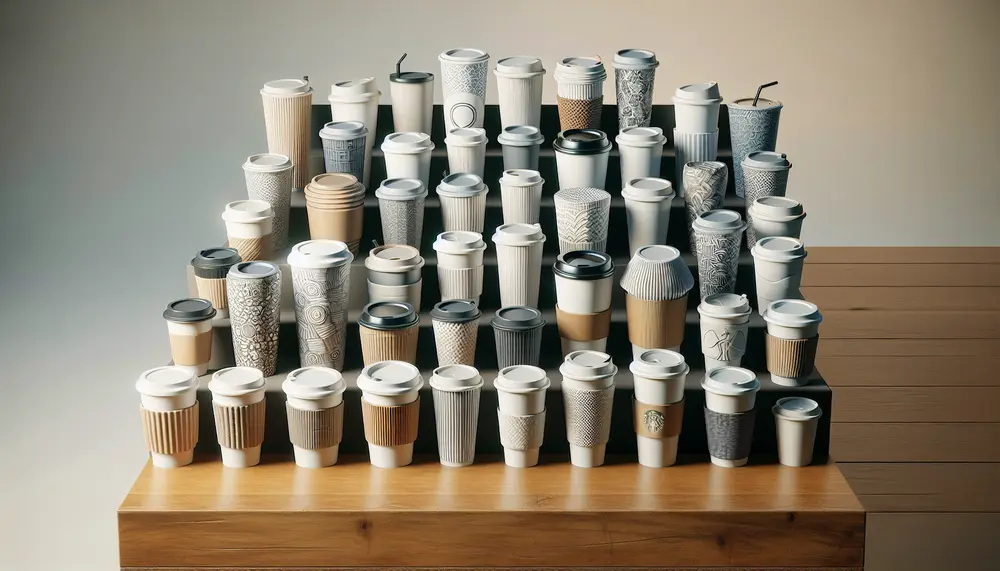
Modern coffee cups have evolved into a blend of design, utility, and culture with innovative materials for enhanced user experience and environmental consciousness. The market now emphasizes customization, style, and functionality as lifestyle accessories. Advancements in modern coffee cup designs integrate...

